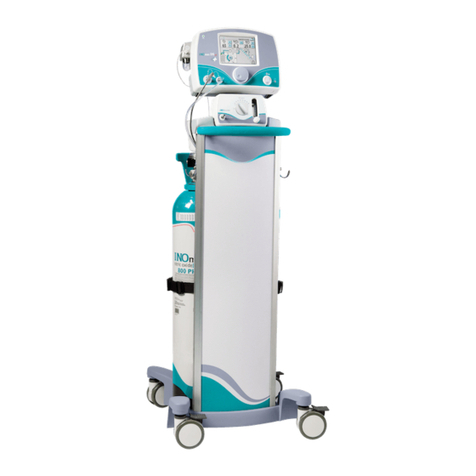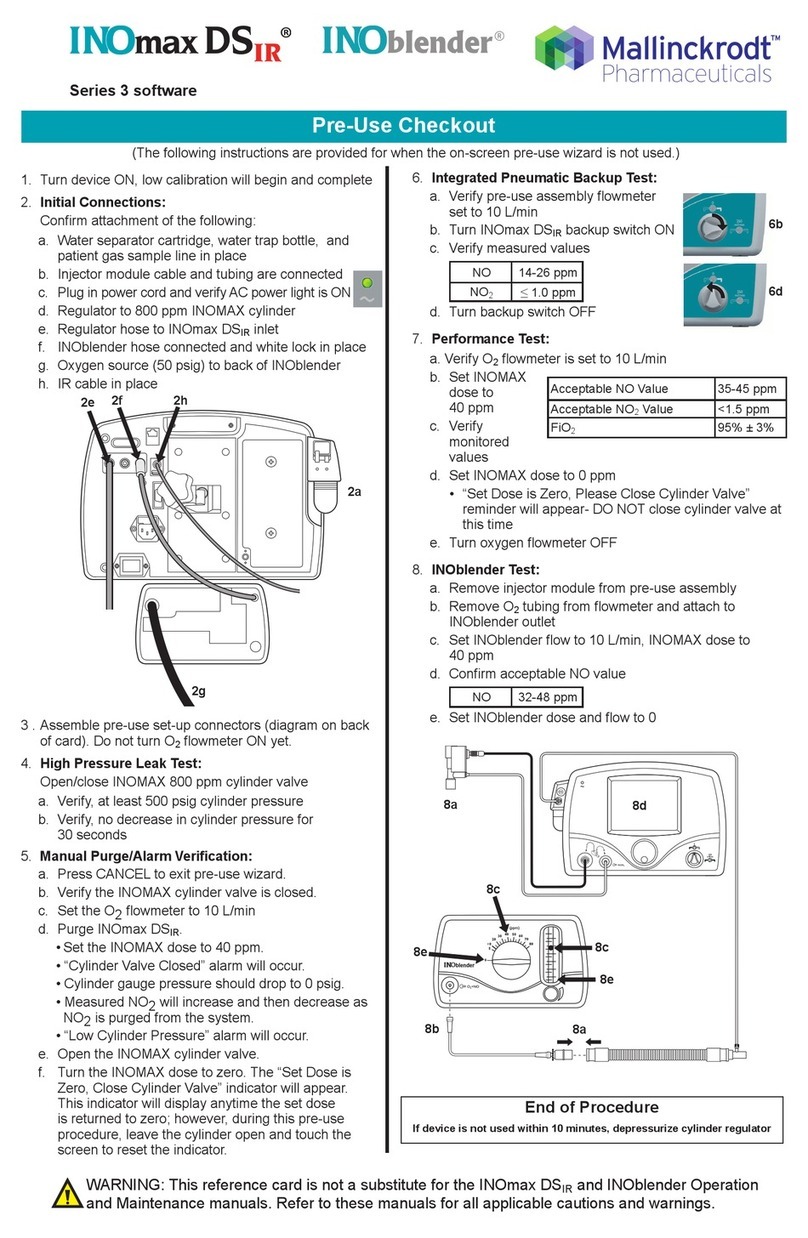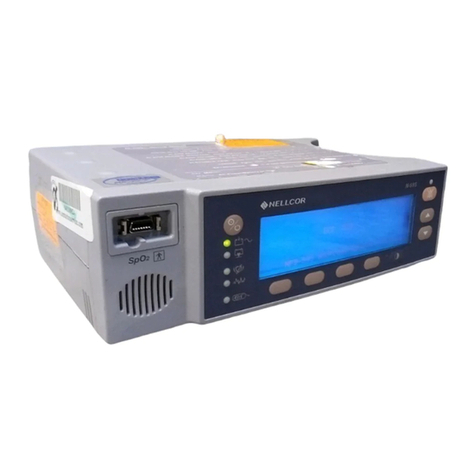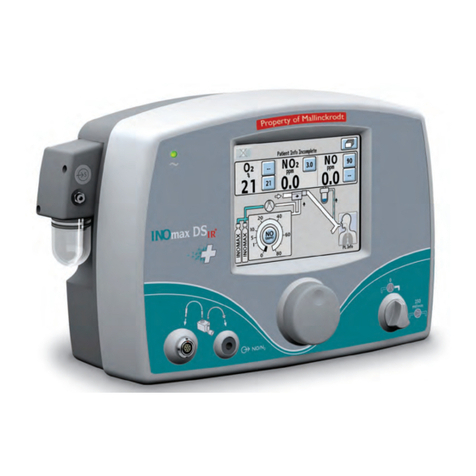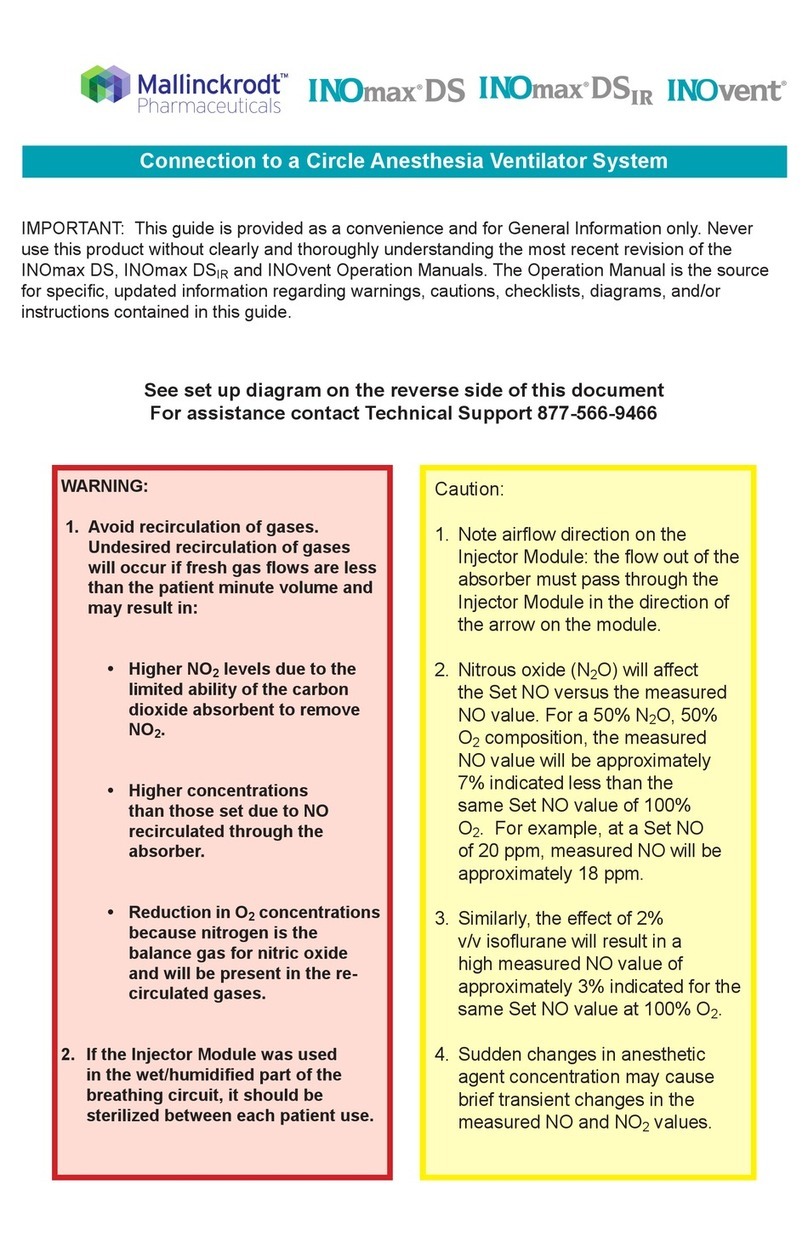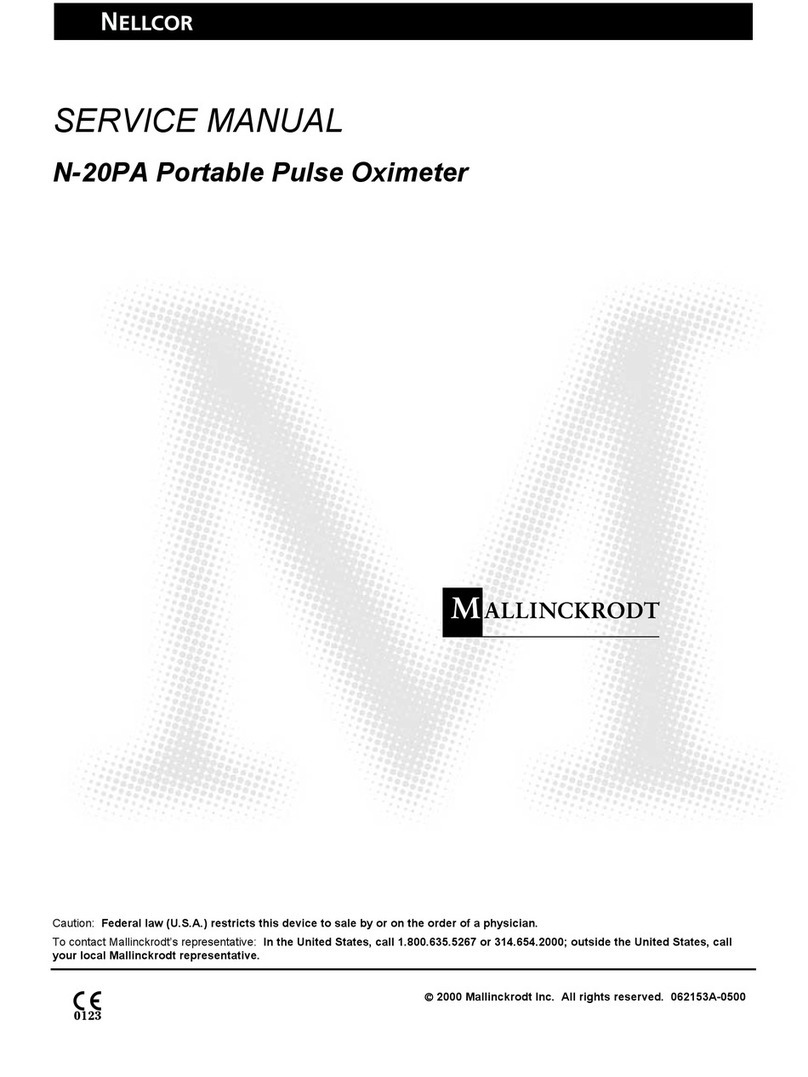
CONTENTS
iv
8 Specifications .................................................................................................................................................. 8-1
8.1 Readout ....................................................................................................................................................... 8-1
8.2 Controls....................................................................................................................................................... 8-1
8.3 Operating Modes......................................................................................................................................... 8-1
8.4 Printer Output ............................................................................................................................................. 8-2
8.5 N-20/N-20P Performance............................................................................................................................ 8-2
8.6 Sensor Types................................................................................................................................................ 8-3
8.7 Electrical Specifications.............................................................................................................................. 8-3
8.8 Environmental Specifications...................................................................................................................... 8-4
8.9 Physical Specifications................................................................................................................................ 8-4
9 Technical Supplement.................................................................................................................................... 9-1
9.1 Overview...................................................................................................................................................... 9-1
9.2 Functional versus Fractional Saturation .................................................................................................... 9-1
9.3 Measured versus Calculated Saturation ..................................................................................................... 9-1
9.4 Circuit Analysis ........................................................................................................................................... 9-2
9.5 Functional Overview ................................................................................................................................... 9-2
9.6 SpO2Analog Circuitry Block Diagram (Figure 9-3).................................................................................. 9-3
9.7 Definition of Terms...................................................................................................................................... 9-5
9.8 Overall Block Diagram ............................................................................................................................... 9-6
9.9 SpO2Analog Circuitry................................................................................................................................ 9-7
9.10 Digital Circuitry ................................................................................................................................... 9-12
9.11 Support Illustrations............................................................................................................................. 9-30
FIGURES
Page Number
Figure 5-1: Sensor Lock, and Printer, Paper, and Battery Access Doors...........................................................5-2
Figure 5-2: N-20 Covers with the PCB and Display Assembly............................................................................ 5-3
Figure 5-3: Main, Auxiliary, and Display PCB Assembly.................................................................................... 5-4
Figure 5-4: Printer and Flex Circuit Installation.................................................................................................. 5-5
Figure 9-1: Oxyhemoglobin Dissociation Curve .................................................................................................. 9-2
Figure 9-2: Overall Block Diagram........................................................................................................................ 9-3
Figure 9-3: SpO2 Analog Circuitry Block Diagram............................................................................................. 9-3
Figure 9-4: Digital Circuitry Block Diagram ........................................................................................................ 9-4
Figure 9-5: Power Supply Block Diagram............................................................................................................ 9-4
Figure 9-6: Display Control Block Diagram ........................................................................................................ 9-5
Figure 9-7: Printer Control Block Diagram......................................................................................................... 9-5
Figure 9-11: Variable Gain Circuit.................................................................................................................... 9-10
Figure 9-12: Filtering Circuit .............................................................................................................................. 9-11
Figure 9-4: Digital Circuitry Block Diagram ...................................................................................................... 9-12
Figure 9-14: N-20 Hardware Block Diagram..................................................................................................... 9-14
